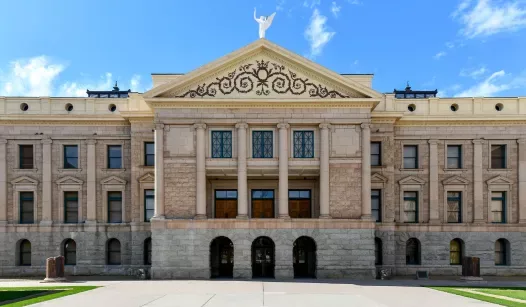In today’s climate, where doxxing, violent threats, and professional retaliation are increasingly common, the push for transparency in nonprofit donor disclosure laws raises significant concerns. While the intention behind these laws is to promote accountability and prevent corruption, the reality is that exposing the identities of donors can create real risks for individuals who support various causes.
Many donors contribute to nonprofits because they believe in the mission and values of the organization. However, the exposure of their identities can lead to serious consequences. Individuals who support controversial causes may find themselves targeted by activists or even subjected to harassment and threats. This can deter potential donors from contributing, ultimately affecting the financial stability of nonprofits and the vital work they do.
Moreover, the current political environment has heightened tensions around various issues, from social justice to environmental policies. As debates become more polarized, the fear of backlash can silence individuals who wish to support causes that may not align with the mainstream view. The chilling effect of disclosure laws can stifle free expression and discourage civic engagement.
Nonprofits often rely on a diverse range of funding sources, including individuals, corporations, and foundations. When donors fear for their safety or reputational harm, they may choose to withdraw their support or remain anonymous, which can lead to a decline in resources for important initiatives. This situation raises a critical question: how do we balance the need for transparency with the protection of individual rights and safety?
Advocates for disclosure argue that knowing who funds nonprofits can help prevent undue influence and promote ethical practices. However, it is essential to consider the potential repercussions for donors who may face backlash for their contributions. The conversation around disclosure laws must include the voices of those who have experienced the negative impacts of being publicly identified as donors.
As the debate continues, it is crucial for policymakers to carefully evaluate the implications of disclosure laws. Striking a balance that ensures accountability while protecting donors from harm is vital for fostering a healthy civic environment. By considering the risks involved, we can create a framework that supports transparency without compromising the safety and freedom of individuals who wish to contribute to causes they care about.
In conclusion, the issue of nonprofit donor disclosure laws is complex and multifaceted. While transparency is important, we must also recognize the potential dangers that come with exposing donor identities. Protecting the rights and safety of individuals who support various causes is essential to maintaining a vibrant and engaged civil society. As we navigate this challenging landscape, it is imperative that we prioritize both accountability and the protection of those who contribute to the greater good.
